Groundbreaking Images Reveal the Human Brain at Nanoscale Resolution
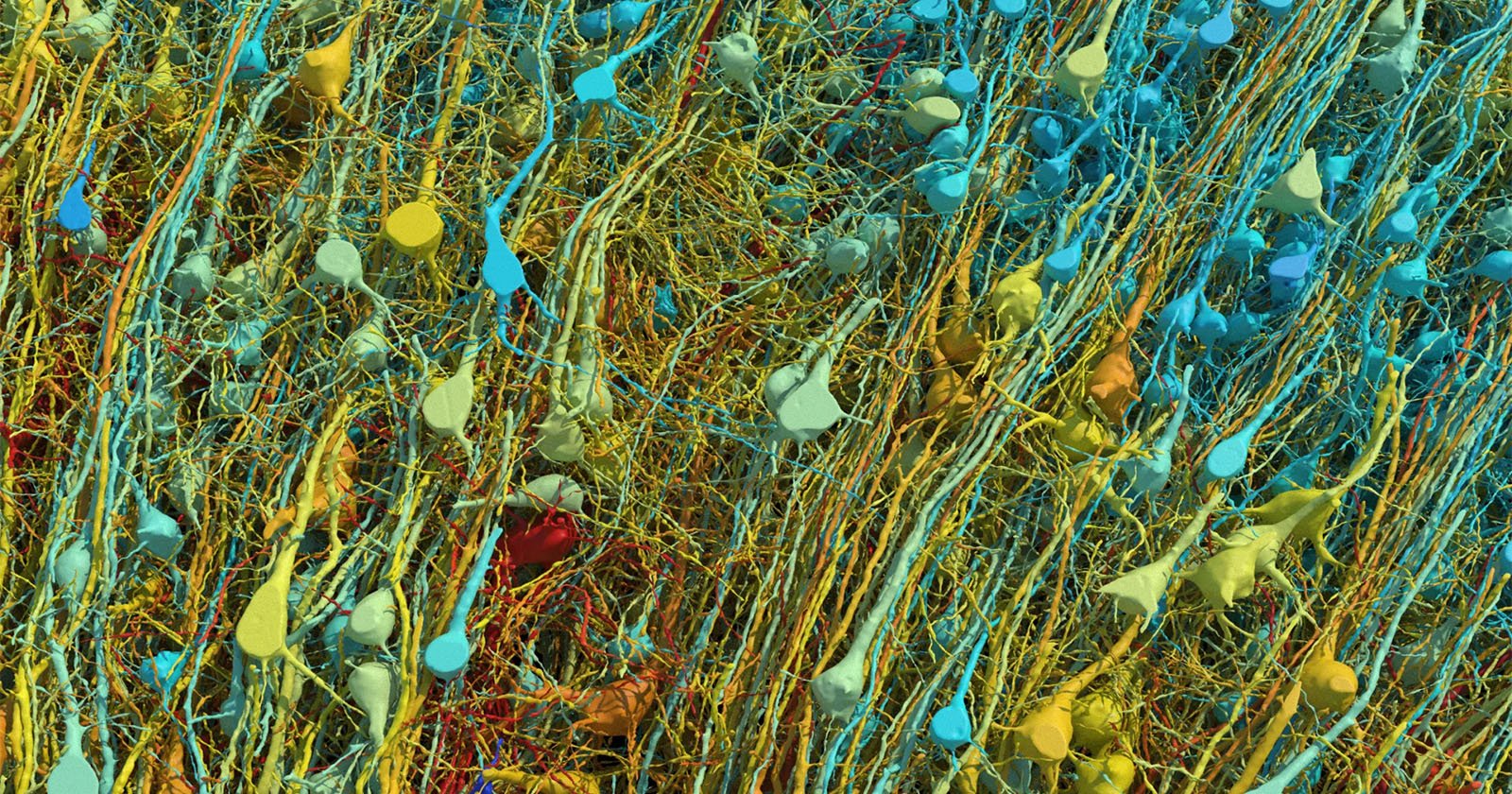
For something as instrumental to all human existence and experience as the brain, many aspects of it remain thoroughly mysterious. Thanks to groundbreaking new digital images, models, and 3D maps created by Google Research and scientists at Harvard University, the physical structure of the brain has never been so clear.
The technology at play is remarkable. The team, comprising researchers at Google and Lichtman Laboratory at Harvard University, combined electronic microscopy and cutting-edge artificial intelligence to inspect a tiny brain sample — just a single cubic millimeter (0.000002 pints) — and create a litany of new images, models, and maps.
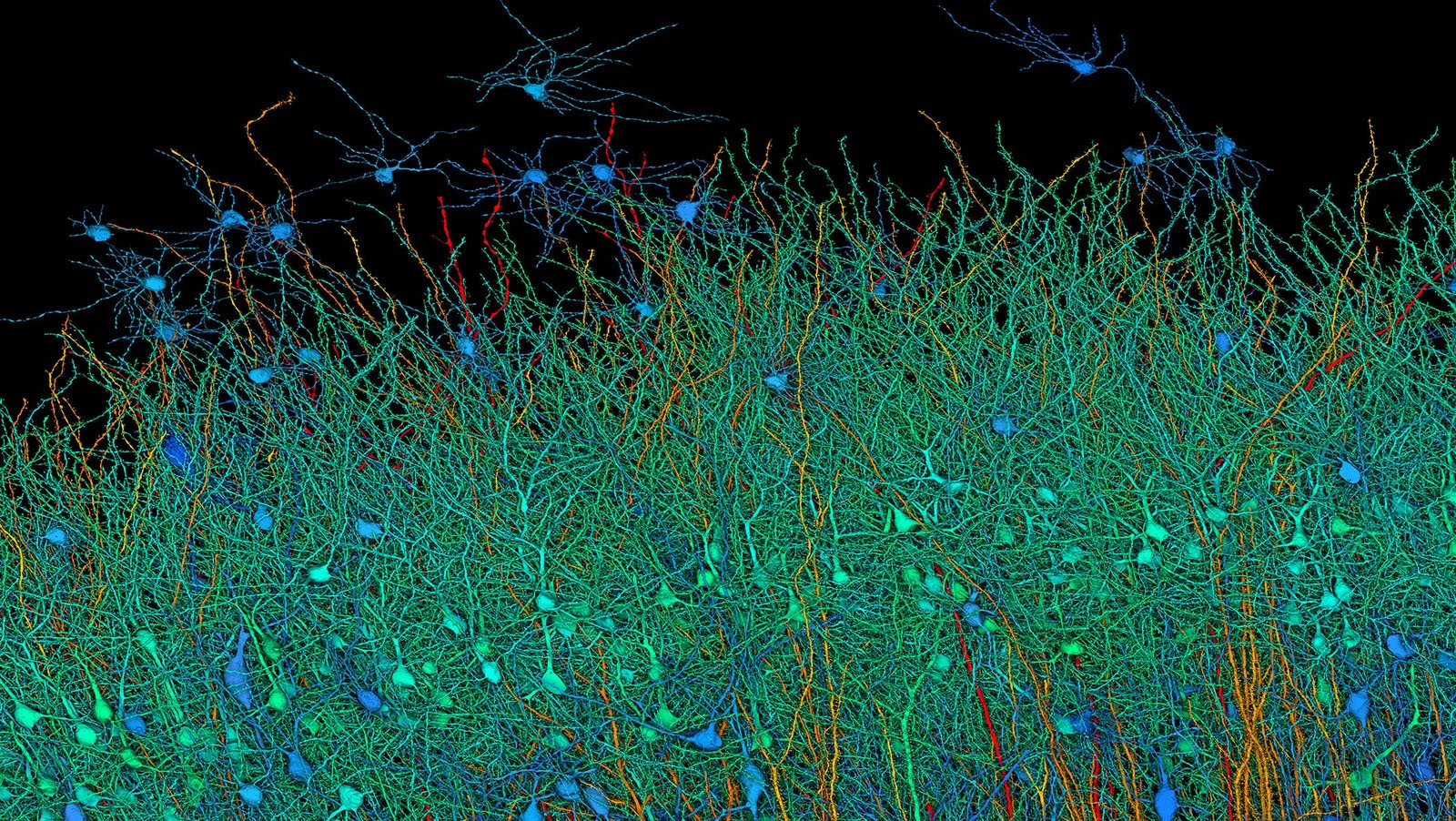
There are about 57,000 cells and 150 million synapses, the vital connections between neurons, in this single cubic millimeter of brain. The original cut was taken from a 45-year-old woman during a surgical procedure to treat epilepsy, and this tiny piece of brain was then sliced into around 5,000 individual slices, each around 34 nanometers thick, so they could be imaged individually using electron microscopy. And yes, this “deli slicer for the brain” is itself quite remarkable and has been instrumental for other brain studies.
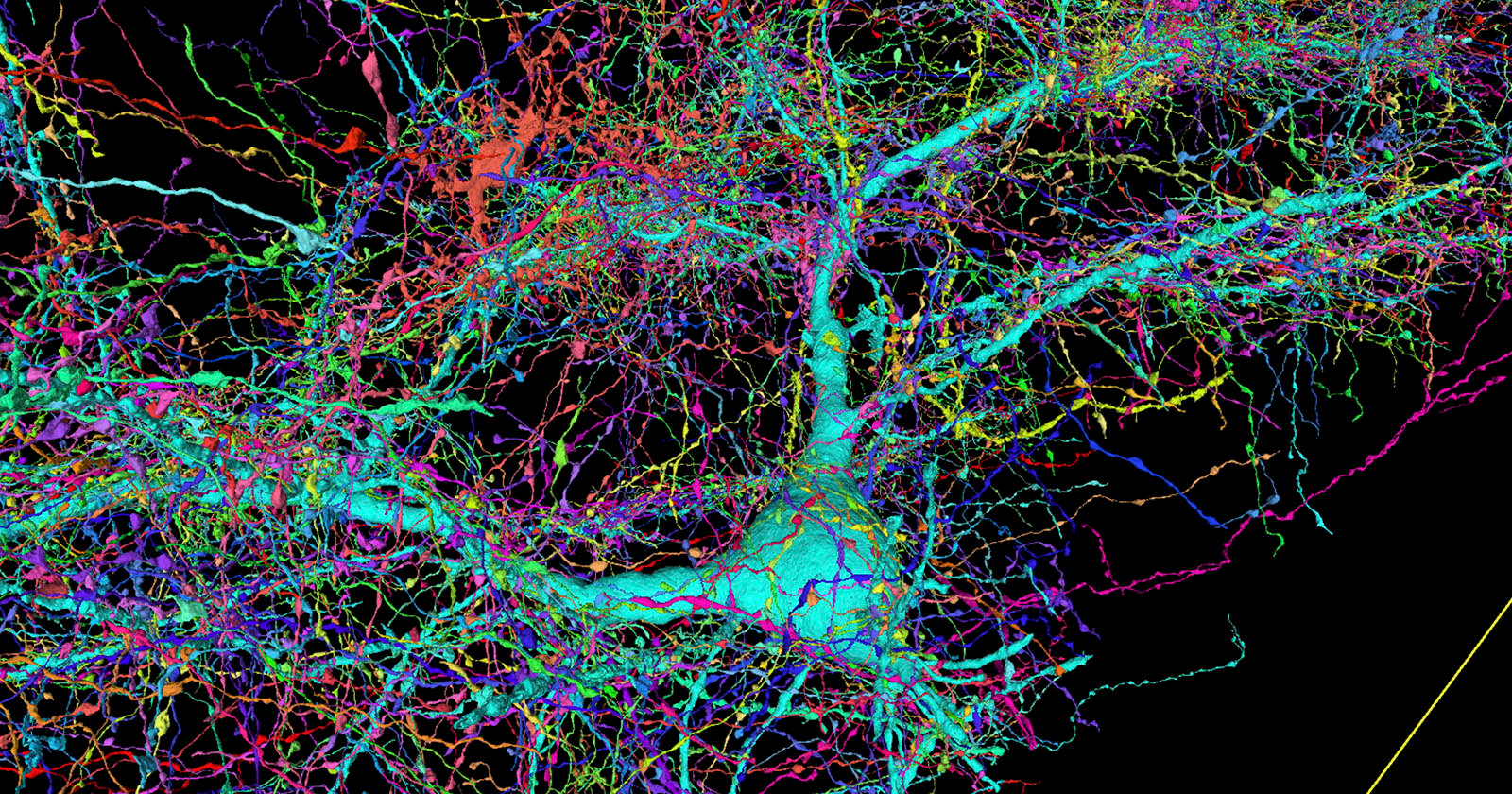
Neuroscientists Viren Jain from Google and Jeff Lichtman at Harvard — the namesake for the university’s Lichtman Lab — worked together, alongside dozens of others, to take thousands of microscope images of the brain tissue and reconstruct them using custom AI models into an entire 3D sample. The project took about a decade to complete and comprises 1.4 petabytes (1,400 terabytes) of data, which is all publicly available. The same treatment for the entirety of just one human brain would be a billion terabytes, which is about as much digital data as the world creates in a year.
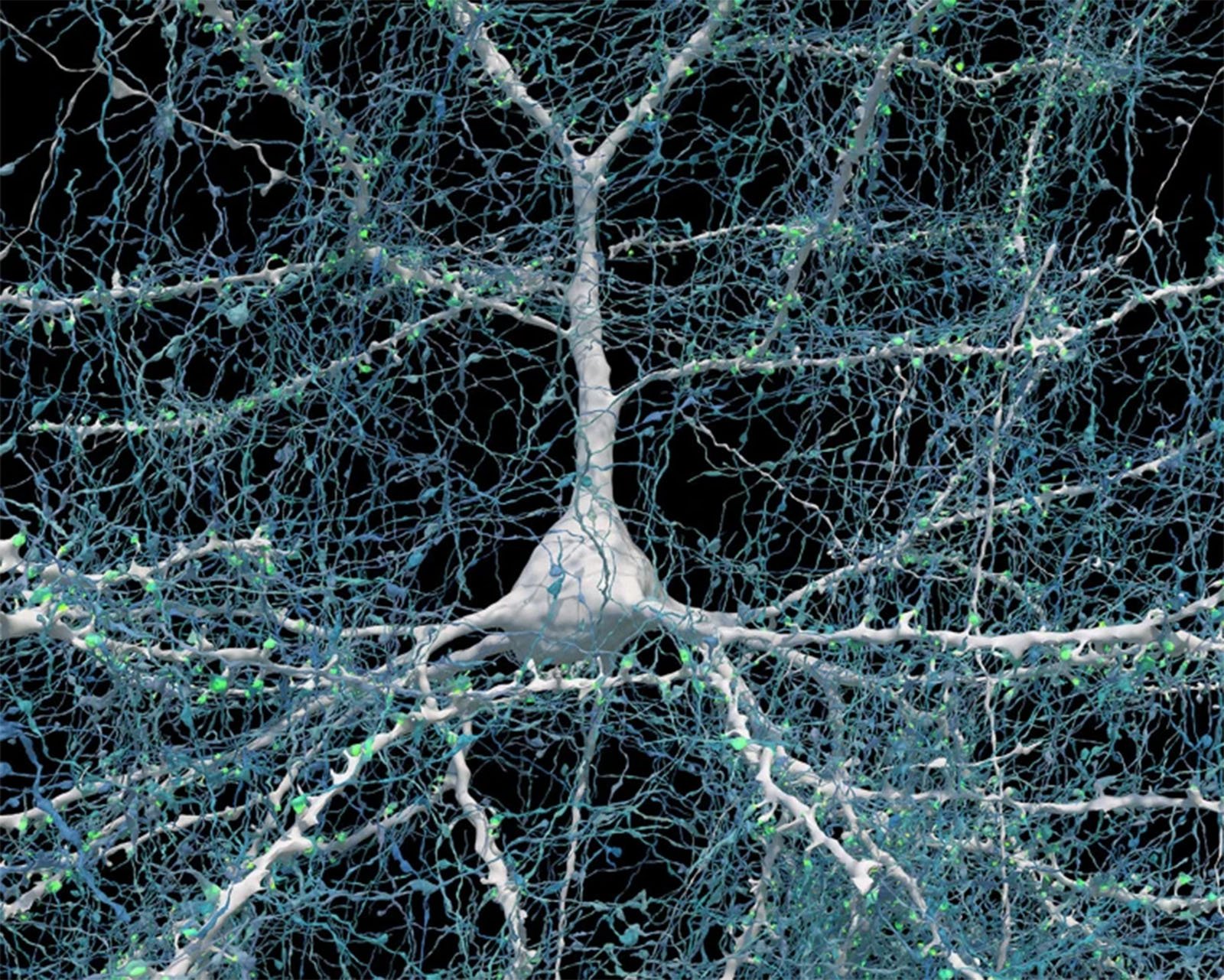
“It’s a little bit humbling,” Vain says of the project. “How are we ever going to really come to terms with all this complexity?” The average adult human brain is about 1,200 centimeters3, or 1.2 million millimeters3. The decade-long project to reconstruct a part of the brain looked at just 0.000083 percent of a typical adult brain.
“The word ‘fragment’ is ironic,'” says Lichtman. “A terabyte is, for most people, gigantic, yet a fragment of the human brain — just a minuscule, teeny-weeny little bit of human brain — is still thousands of terabytes.”

This type of work has comprised Lichtman’s entire illustrious career. He’s a specialist in the burgeoning field of “connectomics,” which is like genomics but for the brain. Lichtman and his team work to create comprehensive, detailed images of all brain structures at the individual cell level. The goal is that by making this map, it will be possible to gain critical insights into brain function and related pathology.
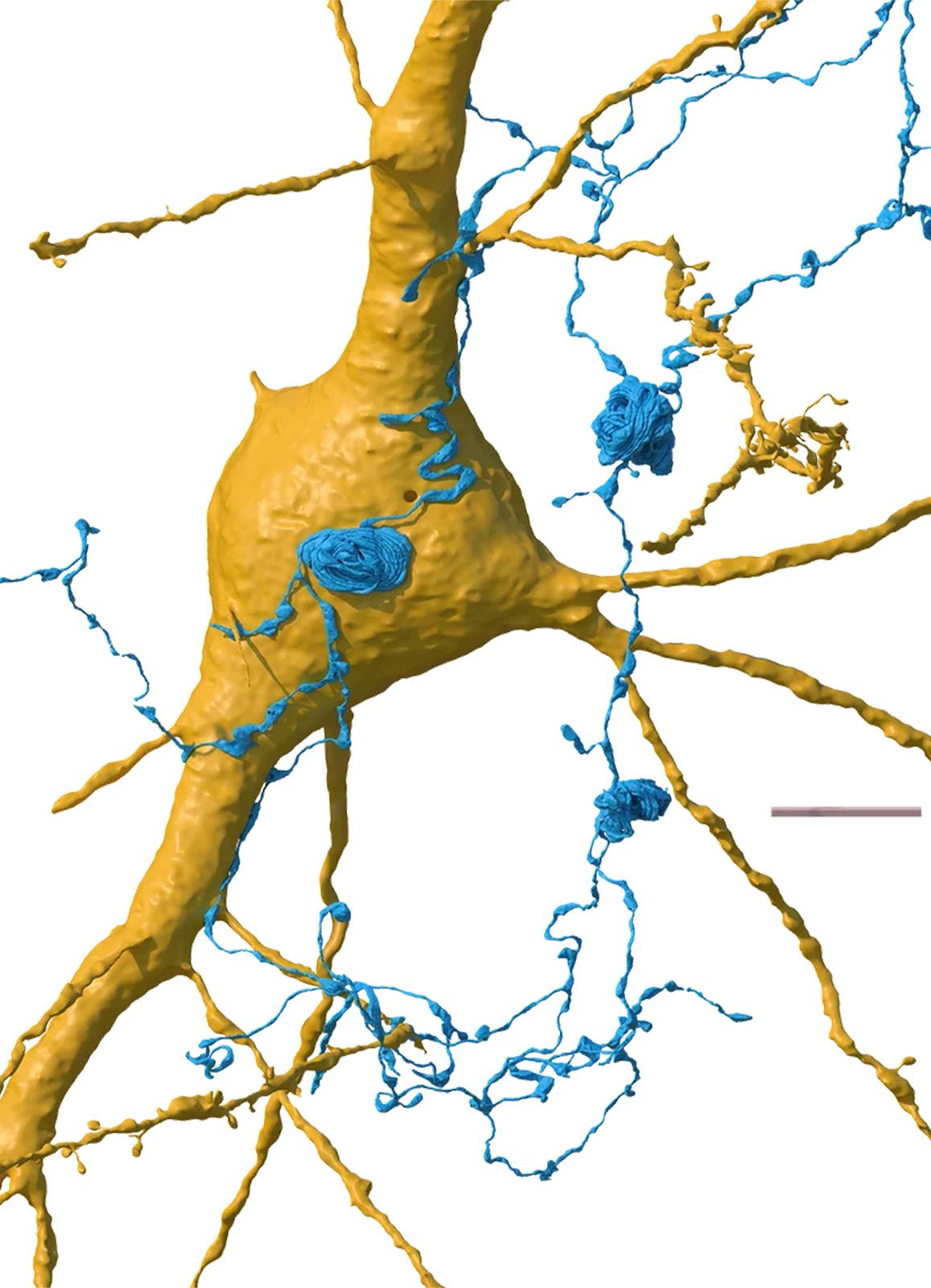
The initial stage of this grand project is already making headway. The team found a small number of axons formed into a strange whirling pattern, unlike anything seen before. However, given that the tiny sliver of brain was taken from a woman with epilepsy, it isn’t clear if this whorl is the result of her disease.
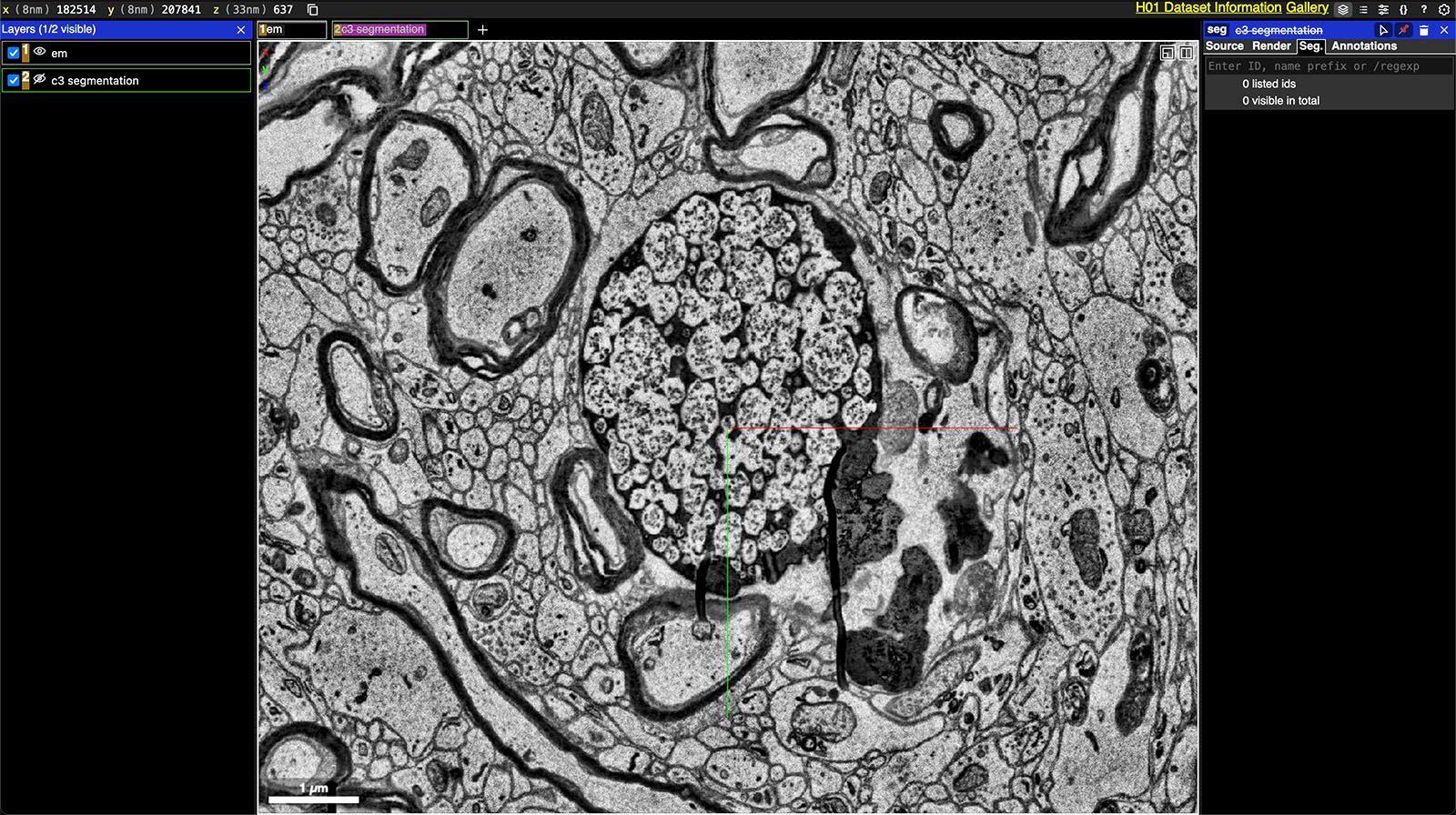
Last year, Lichtman called the brain “Depressingly complex” in an interview with The Harvard Gazette. However, given the progress he and his team have made, he has reason for some optimism.
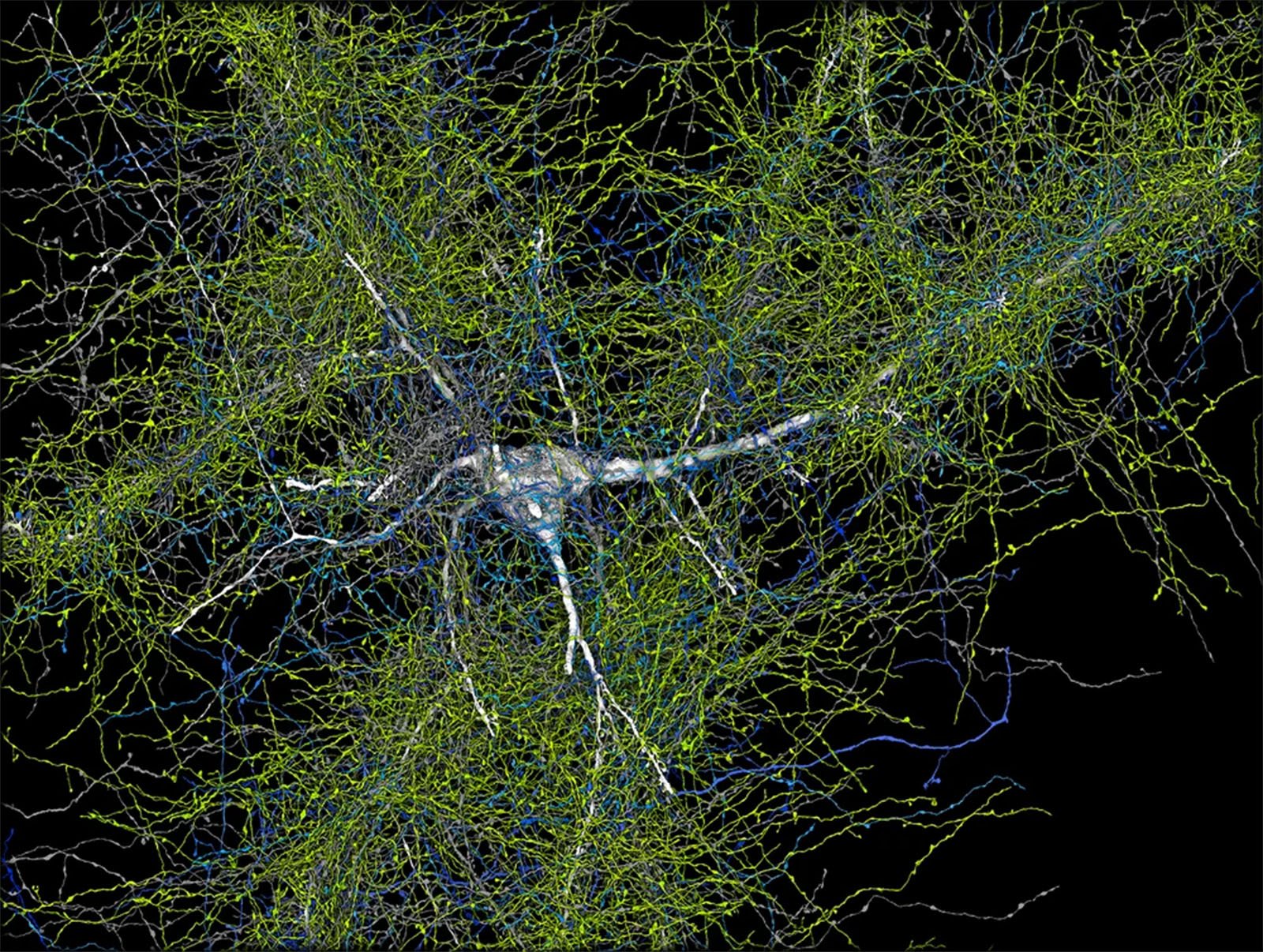
“If we get to a point where doing a whole mouse brain becomes routine, you could think about doing it in say, animal models of autism. There is this level of understanding about brains that presently doesn’t exist. We know about the outward manifestations of behavior. We know about some of the molecules that are perturbed. But in between, the wiring diagrams, until now, there was no way to see them. Now, there is a way,” Lichtman explained.
Image credits: Google Research and Lichtman Lab, Harvard University. Renderings by D. Berger. The complete data release is available via Google, and the research is detailed in a paper published in Science.